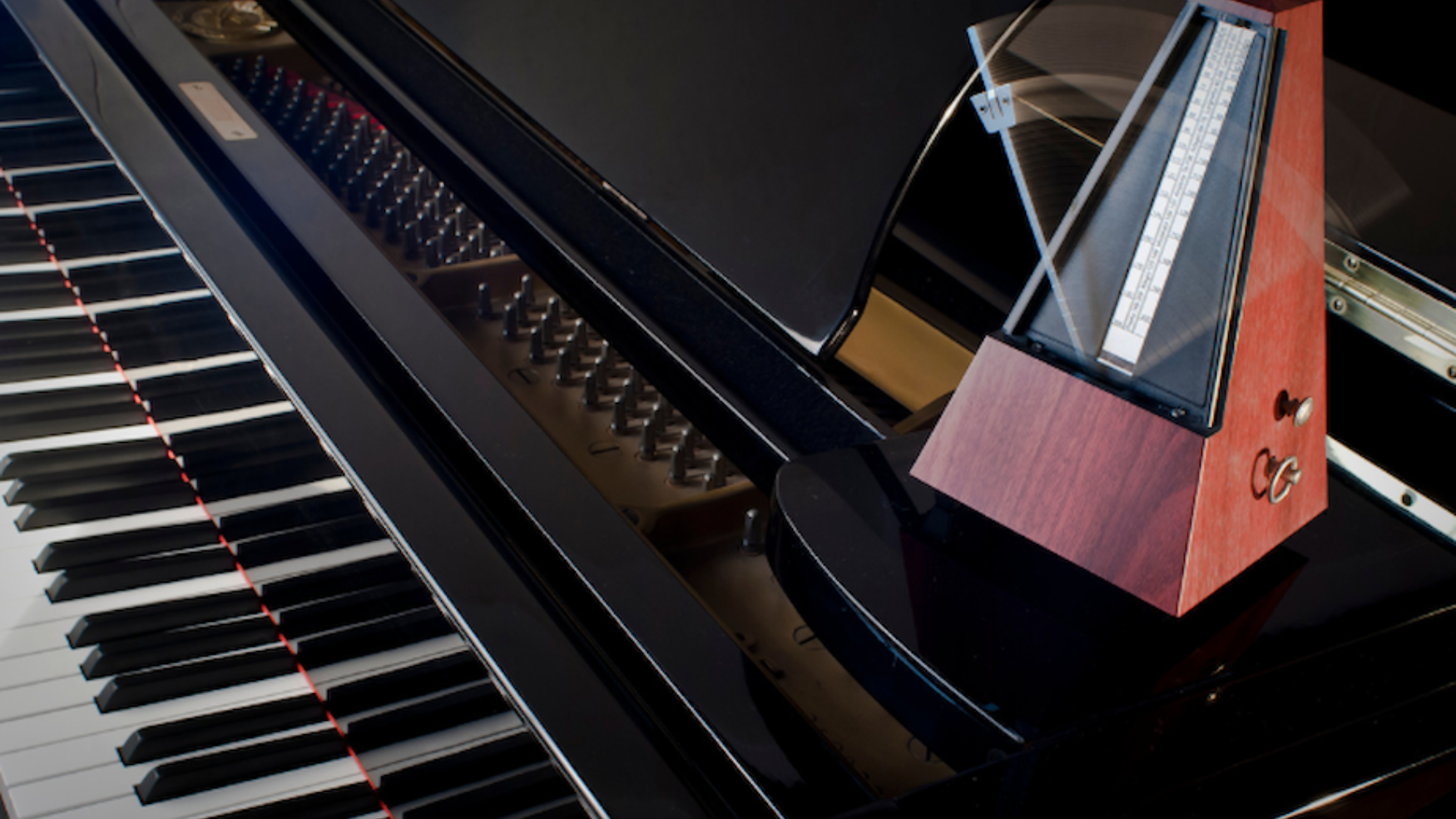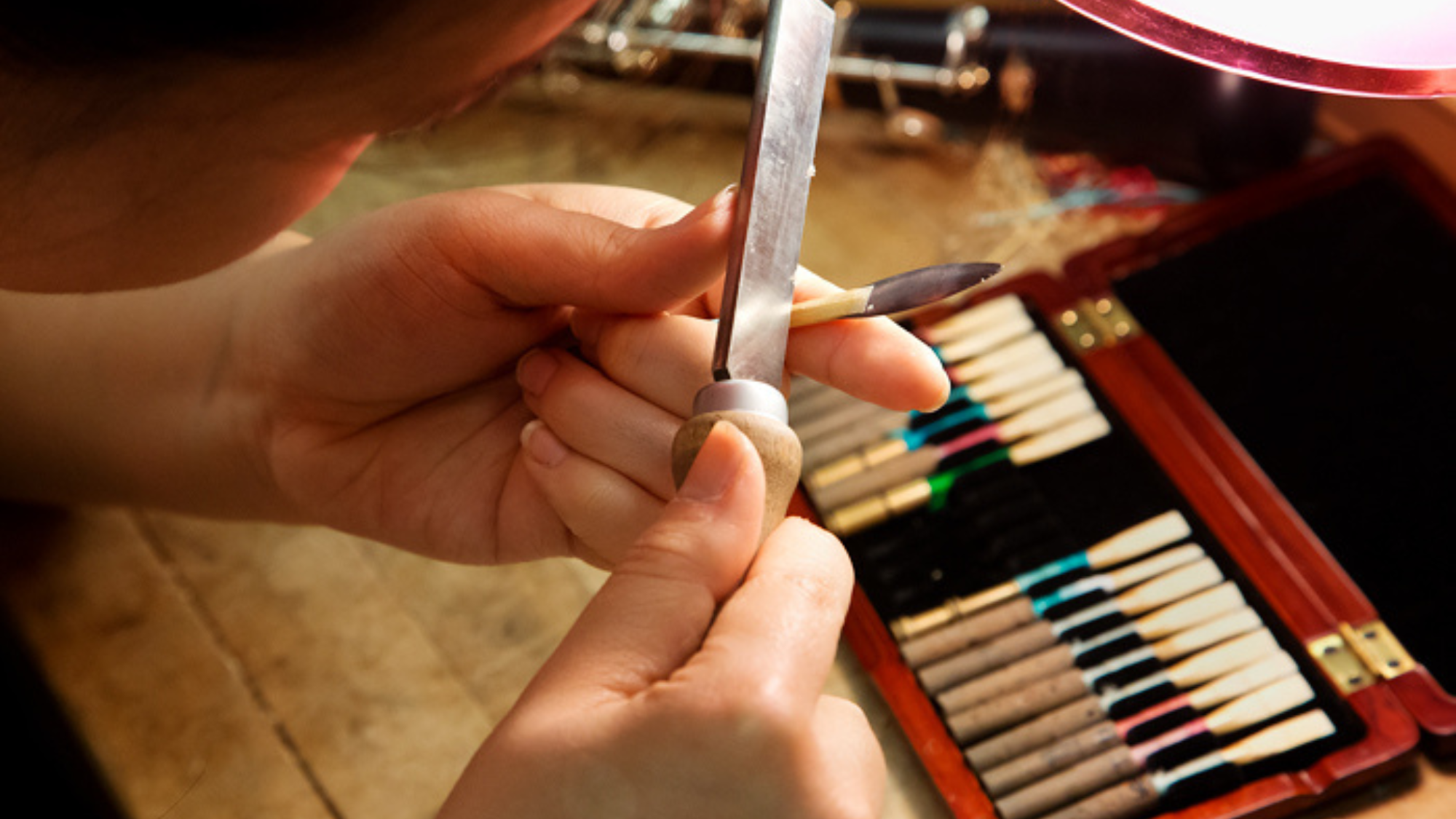The state of the art is, by definition, the level of development (procedure, process, technique, or science) reached at any particular time as a result of modern technology. It is the cutting edge, the latest and most effective product or data available and, as we all know, it is never static, but constantly being pushed forward, fueled by the human desire for excellence.
What is the State of Your Art?
Before anyone can answer this, we must first identify which part of your agenda is in question. Most people would immediately think the word art would imply: conducting, individual instrumental technique, interpretation, score study, etc. However, let’s extend the boundaries of possibilities to include the rehearsal environment and take a critical view at an often overlooked area that plays a critical role in the effectiveness of your ensemble’s performance, the area of organization and management, and we must all admit; herein lies much room for growth and improvement.
Have you ever been listening to a wonderful performance and suddenly there is a blatant wrong note that immediately draws your attention and then you think, “Ouch…too bad. I’ll bet that gets cleaned up real fast in the next rehearsal.” However, if it is a weak performance, the individual infractions are almost ignored and your mental conversation shifts to, “Oh my gosh, there is a ton of work to do with this group. Someone really needs to get in there and do some fundamental teaching. It will be a long time before there will ever be an artistic performance from this ensemble.” The performers probably feel much the same, except their inner voices, might say, “Why should I even try? We are so pathetic. What good will it do to practice? There are so many bad sounds it would cover up any good ones that I might contribute? Nobody in the group cares anyway!”
This negative logic is easy to understand, particularly when described in musical terms. We all understand the harmonic components necessary to establish a state-of-the-art musical performance. However, can we draw a similar parallel to the rehearsal environment? (Though this may be uncomfortable, it is the key to success for those educators who understand the importance of students developing quality habits in every aspect of their lives.) If you walked into a rehearsal facility and observed instrument cases strewn about, percussion equipment left out and being used as make-shift tables, waste paper baskets running over with paper and empty soda cans, coats thrown here and there, music lying on the floor, chairs and stands scattered from wall to wall, what would you think? Can you see that this might have some detrimental effect on the musical aspect of the program? If there is this kind of lack of concern for the physical atmosphere, is there any chance it would bleed over into the rehearsal habits? To answer the question, let’s simply reverse the scenario. Enter the same rehearsal hall where the room is neatly set up, the instruments are carefully stacked in lockers, the floors are free from debris, all this dictating a level of discipline that could be transferred directly to the musical expectations. Would it have an impact on the rehearsal habits? One can quickly see the ramifications of one domain (environment) will certainly influence the outcome of another area (the musical product).
What is the state of your art in respect to your environment? Would it be worth devoting some time and energy in the development of this phase of your program? We are in such an urgent rush to spend time on the technical aspect of the music, we might well be overlooking one of the subliminal handicaps preventing us from attaining that much-desired goal. Without knowing it we could be sabotaging the forward progress of the group by ignoring the environmental messages the students are receiving about acceptable standards.
Certainly, this is not to suggest that a few hours spent straightening up the rehearsal facilities will make the clarinets play better in tune. However, it may make the individual musicians “strive to play better in tune” with a bit more artistic attitude based on their assessed conclusion that you are serious about them seeking quality in every facet of their musical experience…including their surroundings.
The next step is to make your state of the art become their state of the art. Once the standards are set, they must be owned, administered, and carried out by the members of the group. Just as a fine performer is responsible for intonation, balance, blend, command of the musical part, etc., the members of the organization need to be responsible for the environment and this requires the same amount of individual consideration and attention they give to playing a phrase, caring for a reed, proper posture, etc.
If we expect a group to perform artistically “on stage,” we should expect no less from them “off stage,” and that performance should not just be limited to the time from the downbeat to the release. It is an ongoing effort to self-improvement for the students and certainly for us, their teachers, and role models.
For most of us, it is easy much easier to ignore a disorganized music library than it is to sidestep bad intonation. After all, the music library is not going to be seen by the public at the next concert, but those people will certainly be listening to the band’s performance. In essence, it is just a lower priority. We are tempted to just close our office door to avoid personal embarrassment during the booster meeting, rather than simply sit down and organize all of the things stacked on and beside the desk. It’s not that we don’t know what to do, it’s just another task that easily drops to the bottom of the “to-do” list. We become our own worst enemy and seem to forget that the contagious habits of our daily patterns will appear (good or bad) in the ensemble’s achievement, the state of their art.
We may be encouraged when we remember the importance of our work. We do what we do to make life better for those who are sharing our journey. This gives more credence to the need to extend the state of our art. In the words of Bryan Lindsay:
“Let the arts inform you and guide you toward excellence. Keep the arts at the center of your consciousness, because beyond all else the arts will best inform you of the nature of human quality.”
We have the wherewithal to empower the students to live a better life. Rarely will any group exceed the expectations of the director. Just as the train follows obediently behind the engine, the young musicians will quickly adapt to the demands and commands of the maestro. With that truth in mind, it is of great importance that we constantly remind ourselves of the importance of our total educational presentations both on and off the podium by asking, “What is the state of my art?”
Bandworld Magazine: Vol. 9, #2, p.44 (Nov.-Dec 1993)






